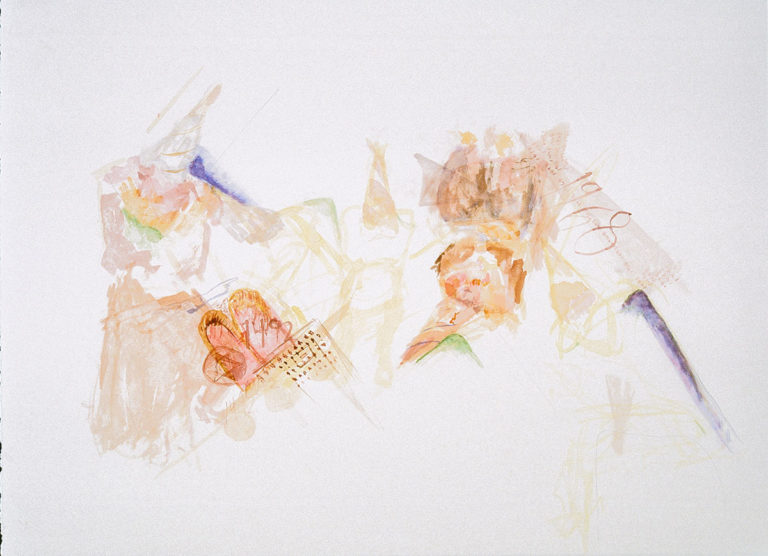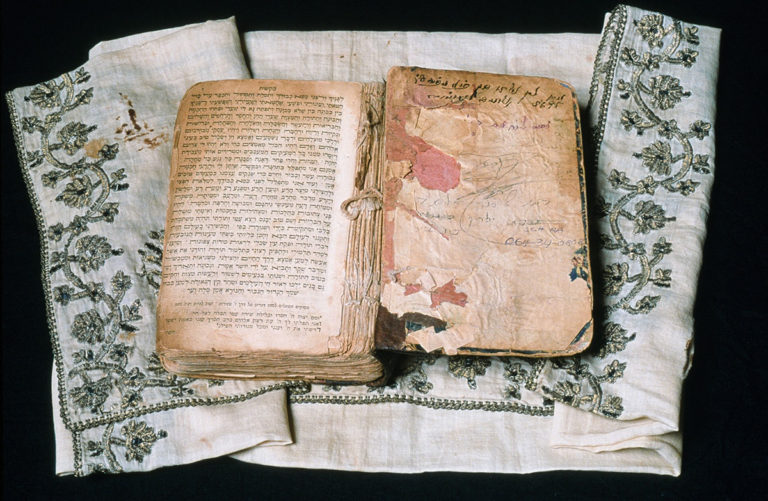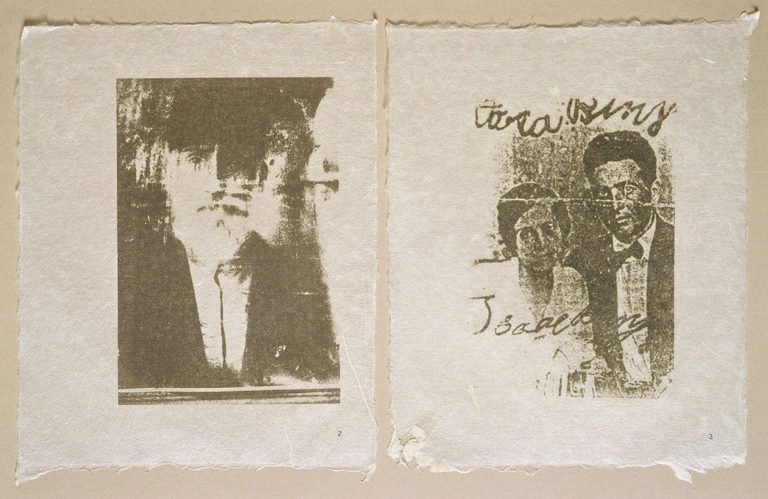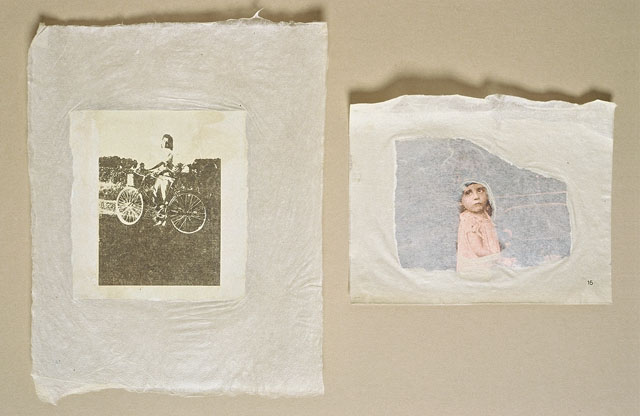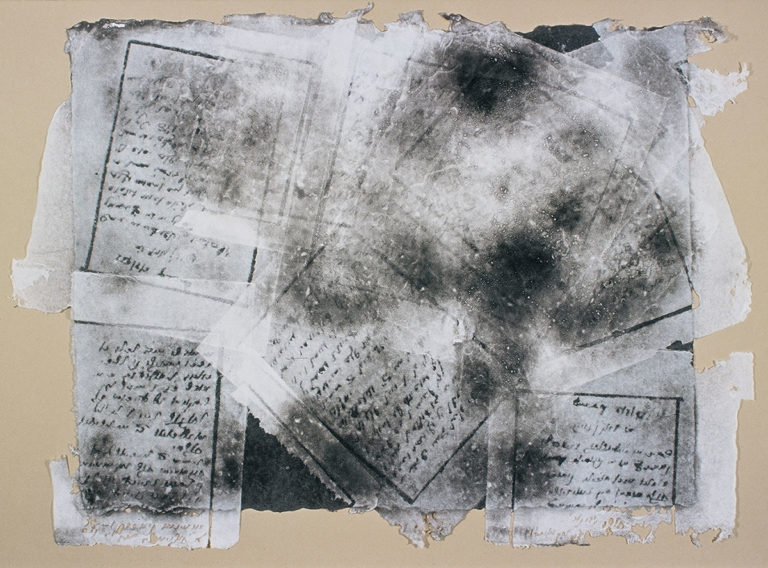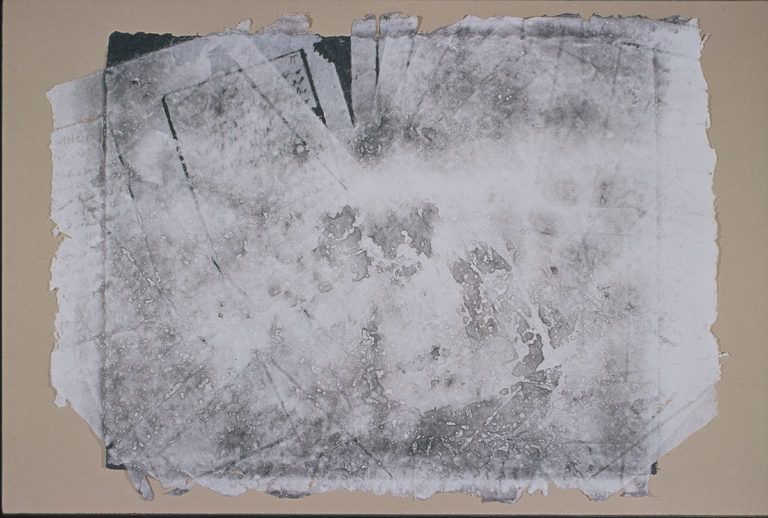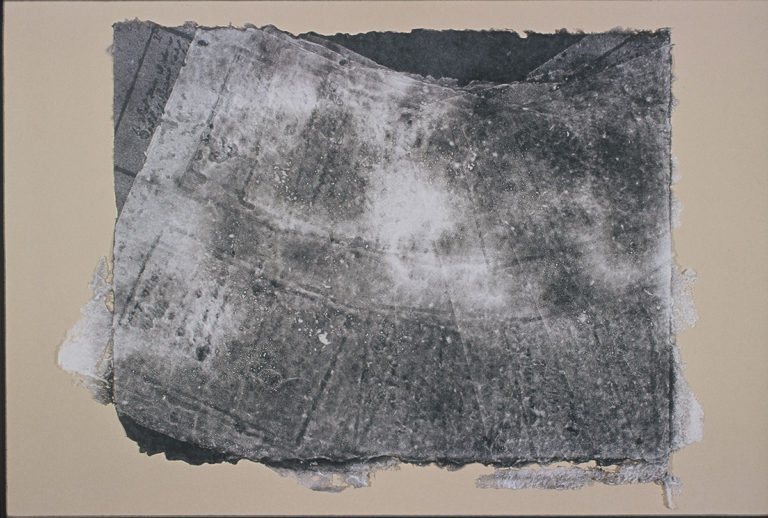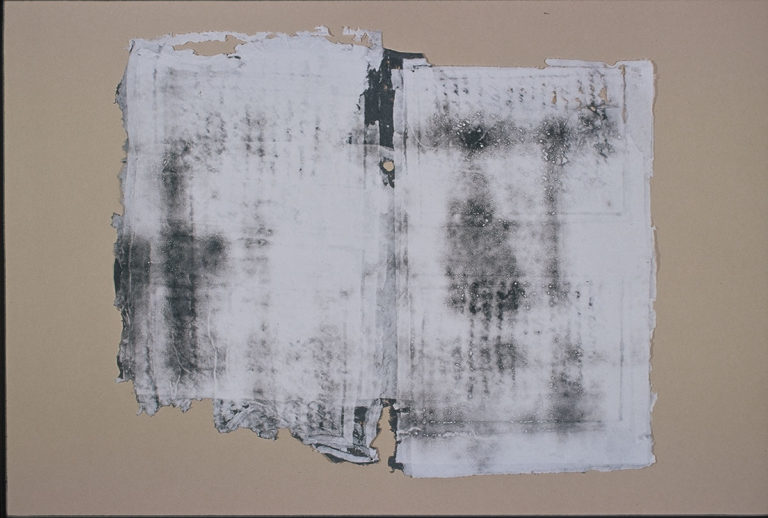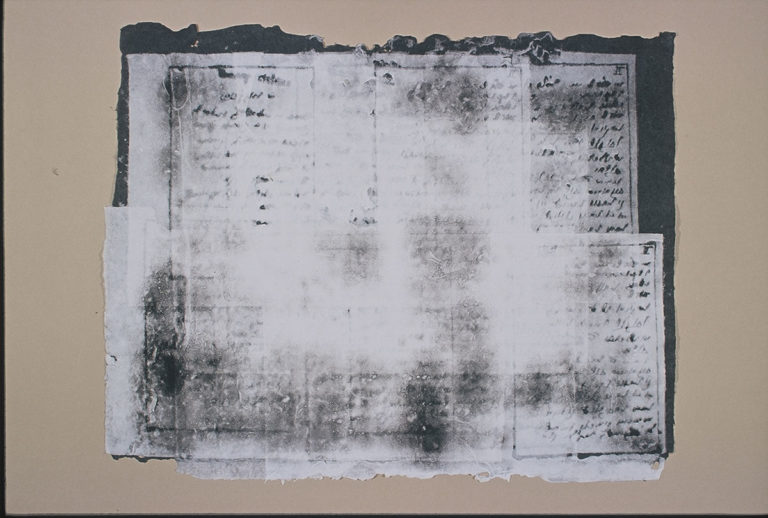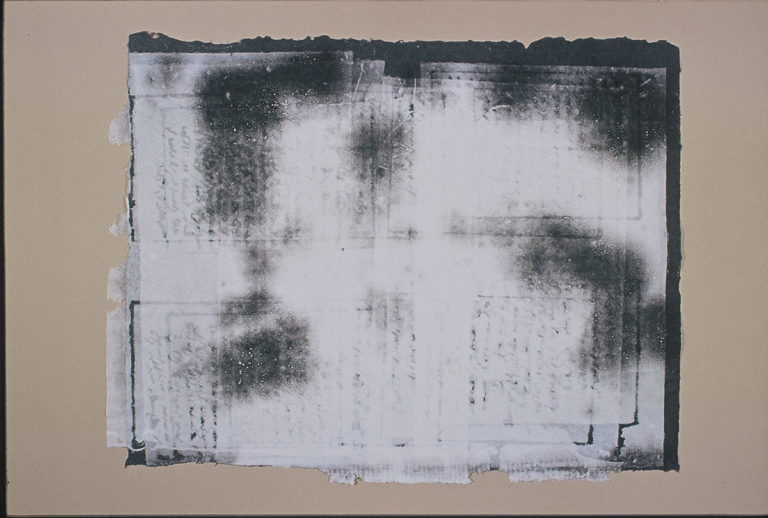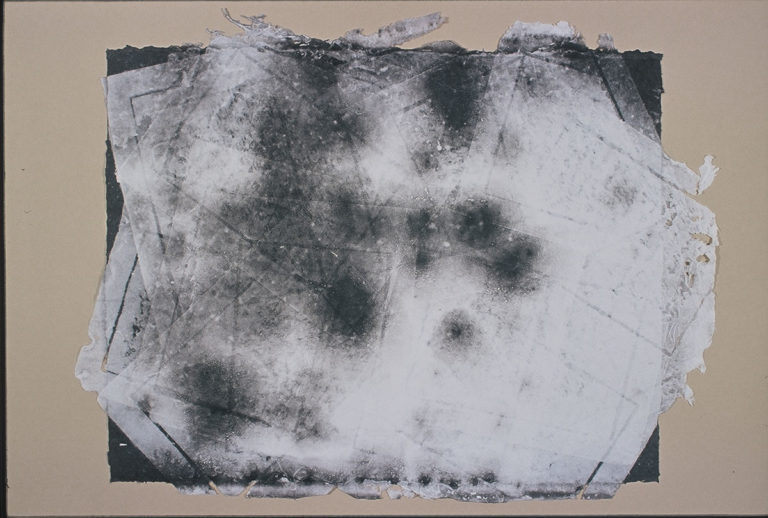A Personal Odyssey — From Maimonides to Benjoya
My family are Sephardic Jews who lived in Spain from the Roman time until 1492 when they were expelled during the Spanish Inquisition. They left Spain and settled in Izmir, then part of the Ottoman Empire, where they remained until 1906 when my grandparents emigrated to Cuba and eventually settled in New York City. All this time they maintained their culture, language (15th century Judeo Spanish) and religion. My generation is the first not to practice traditional Sephardic religion and culture
Monoprints and Textiles
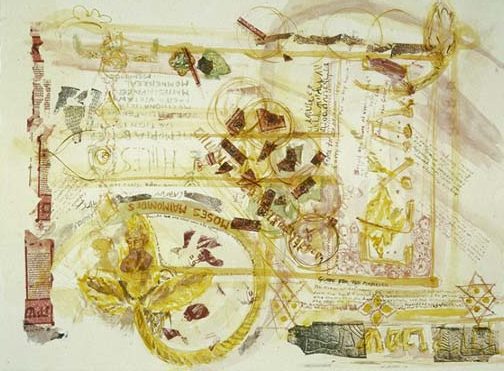
Maimonides is a piece dedicated to the rich cultural life of Jews in Spain before the Inquisition. Moses Maimonides, a Sephardic Jew born in 1135, was a renowned theologian, scientist, legal scholar and physician who had great influence on Jewish, Christian and Moslem thought from the Middle Ages to the present. Solomon Ibn Gabirol’s poetry and image is incorporated into this tribute to the great Sephardic intellectuals. 22” x 30”

El Baile de la Esposada is a collage of a French lithograph from 1847 by Camille Roger “The dance of the fiancee, a Jewish wedding in Smyrna”, pieces of a Torah arch from Izmir and a map of the holy places from Istanbul, 1938. This piece creates an image of my great grandparents’ time in Izmir, a piece where the personal memories end and fantasy begins. 22" x 15"

The Merchant pays homage to my grandmother Dora Benjoya, one of the many outstanding artisans of the Ottoman Empire. The merchants are providing the women with silk, gold and cotton threads to produce their beautiful work. My grandmother’s proverbs are printed in Ladino and English in my mother’s handwriting across this woven piece. 22” x 15”
Benjoya Artist Book
Izmir
An artist book — Ellen Benjoya Skotheim
Izmir
The interior of the portfolio is a map dated 1893 of Turkey in Asia with an inset of Smyrna (Izmir). All pages are handmade Gampi paper, made from a plant grown in Asia. Gampi used for ancient text is some of the earliest paper. Individual sheets of Gampi paper were formed to assemble Izmir, an artist book that can survive for the next 500 years.
The book contains 40 prints and 22 pages of Rachel Benjoya’s memories. (View text from book)
